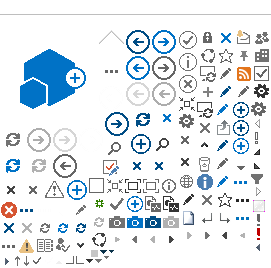The Virtual University “Ask an Expert” service recently fielded the following inquiry: “My question has to do with additional insureds. I have had discussions with agents who believe that the wording in the ISO CGL policy pertaining to an ‘insured contract’ covers the requirement to add additional insured status to a policy when required in the sub-contract agreement. They attach a copy of that wording in place of the additional insured endorsement. I feel this is a real stretch. I look forward to your thoughts.”
Equating contractual liability coverage to additional insured status is more than just a stretch. Anyone not providing true additional insured status via endorsement is opening himself or herself up to a significant E&O exposure.
The contractual liability coverage exception to the contractual liability exclusion provides coverage to the insured if the insured’s breach of an “insured contract” causes bodily injury or property damage. It does not make the other party to the contract an insured, nor does it give that party any right except as a claimant seeking indemnity.
For a complete discussion of the differences between contractual assumption of tort liability and additional insured status, click here.
HO Coverage for Fuel Oil Spills
Two fuel oil tanks supplied a furnace in the basement of a home. The tanks had just been filled when one or more of the legs on the tanks failed under the weight of the fuel oil, which in turn broke the pipe connecting the two tanks, spilling fuel oil into the finished area of the basement.
The sump pump in the basement subsequently pumped some fuel oil into a creek/ditch that traverses the property, requiring an EPA cleanup. The insurer has denied all property damage and cleanup costs. Is there any coverage for this under the HO or umbrella policies?
Based on the ISO 2000 homeowners form, there is no property coverage for loss to the dwelling and other structures caused by discharge, dispersal, seepage, migration, release or escape of pollutants unless a Coverage C peril is the cause. In this case, none of the Coverage C perils caused the pollution discharge. Of course, Coverage C is named peril, so there is no coverage for damage to personal property either.
For more on liability coverage under the HO and umbrella policies, including court case citations and a complete list of ISO’s property remediation for escaped fuels coverage endorsements, click here.
Experience Mods and Ownership Changes
There was a time when a high workers’ compensation experience mod could be reduced to 1.00 simply be creating a new corporation and transferring ownership to it. Since the new owner had no prior experience, the mod would revert to 1.00, despite the fact that the exact same ownership, management, workers and processes were in place. That’s not possible now and hasn’t been for many years under NCCI rules.
NCCI has a three-pronged rule for determining whether the purchaser “buys the mod” along with the business. The rule is based on the degree of ownership change, the change in class codes and a change in processes or hazards.
For a complete discussion of the rule, click here.
Bill Wilson (bill.wilson@iiaba.net) is Big "I" director of the Virtual University, an online learning center for agents and brokers.
